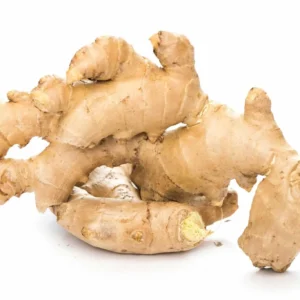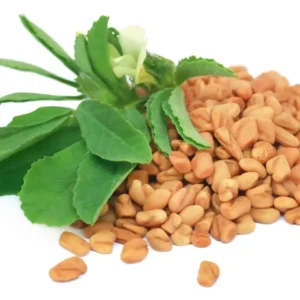Showing 1–12 of 27 resultsSorted by latest
-

White Pepper Oleoresin (Piper nigrum)
Request Quote -

Vanilla Oleoresin (Vanilla planifolia)
Request Quote -

Tomato Oleoresin (Solanum lycopersicum)
Request Quote -

Thyme Oleoresin (Thymus vulgaris)
Request Quote -

Rosemary Oleoresin (Rosmarinus officinalis)
Request Quote -

Oregano Oleoresin (Origanum vulgare)
Request Quote -

Nutmeg Oleoresin (Myristica fragrans)
Request Quote -

Marigold Oleoresin (Tagetes erecta)
Request Quote -

Ginger Organic Oleoresin (Zingiber officinale)
Request Quote -

Ginger Oleoresin (Zingiber officinale)
Request Quote -

Ginger Oil (Zingiber officinale)
Request Quote -

Fenugreek Oleoresin (Trigonella foenum-graecum)
Request Quote
